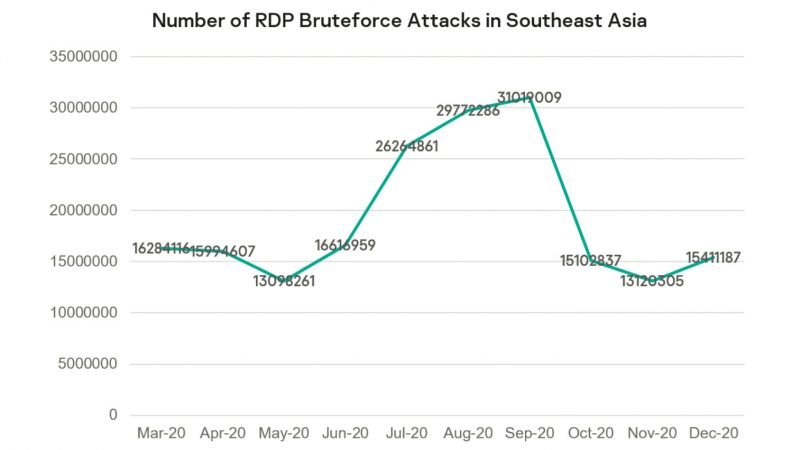Study: Too much TV may damage cognitive function in midlife
![[photo: Commons Wikimedia/Julian Tysoe]](http://ourdailynewsonline.com/wp-content/uploads/2015/12/Children_watching_TV-467x350.jpg)
WASHINGTON – Too much TV and not having enough physical exercise as a young adult were associated with worse cognitive function 25 years later in midlife, showed a study published online by U.S. journal JAMA Psychiatry.
Researchers at the Northern California Institute for Research and Education and the University of California, San Francisco, looked at the impact by examining 3,247 adults between the ages of 18 and 30, who are followed for over 25 years.
TV viewing and physical activity were measured by questionnaires during repeated visits, while cognitive function was evaluated at the year 25 using three tests that assessed processing speed, executive function and verbal memory.
Of the 3,247 participants, 353 participants reported having high TV viewing, which was defined as watching TV for more than three hours per day for more than two-thirds of the visits.
Low physical activity, measured as units based on time and intensity, was reported by 528 participants.
A total of 107 people reported having both high television viewing and low physical activity.
It found that those with high television viewing were more likely to have poor cognitive performance on processing speed and executive function while low physical activity was associated with poor performance on processing speed.
And compared with participants with low television viewing and high physical activity, those with both high television viewing and low physical activity were almost two times likely to have poor cognitive performance on processing speed and executive function.
“Our results indicate that the lifestyle behaviors in early adulthood that were evaluated in this study could have an effect on the risk of cognitive impairment in midlife and support a potential role for both physical activity and sedentary behavior as modifiable risk factors for prevention,” the study concluded.
“Individuals with both low physical activity and high sedentary behavior may represent a critical target group,” it said. (Xinhua)



